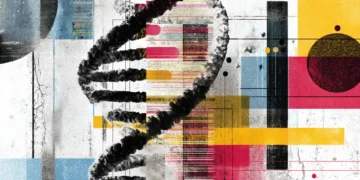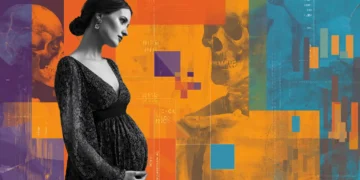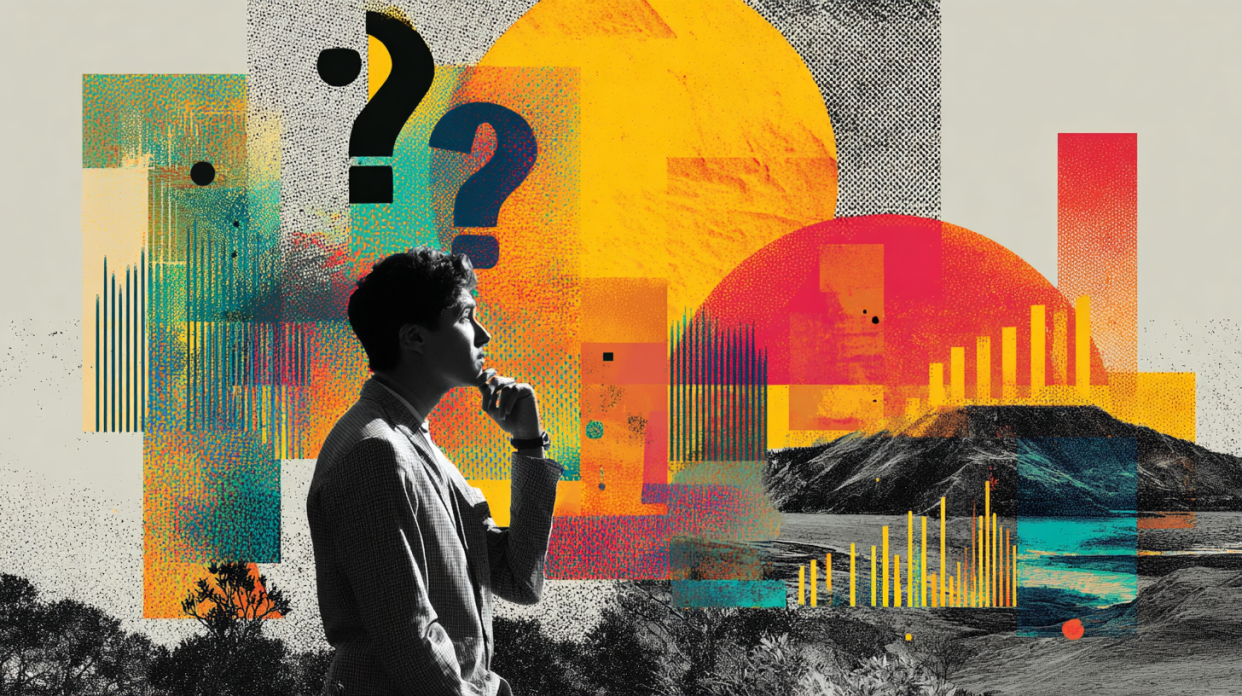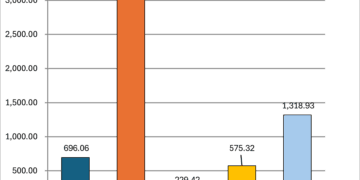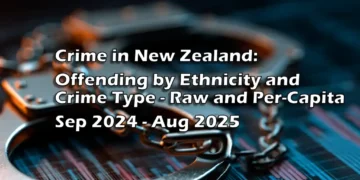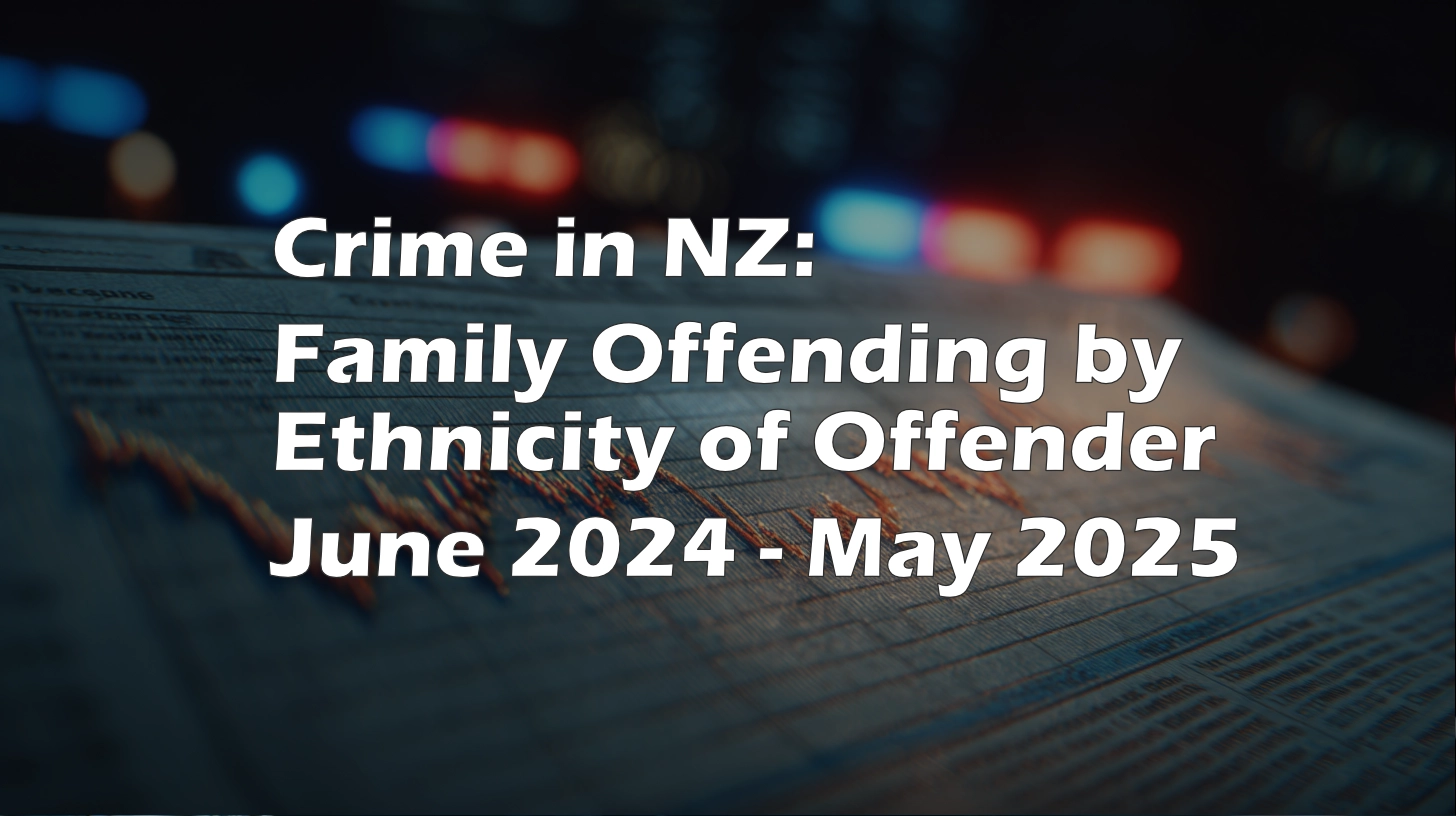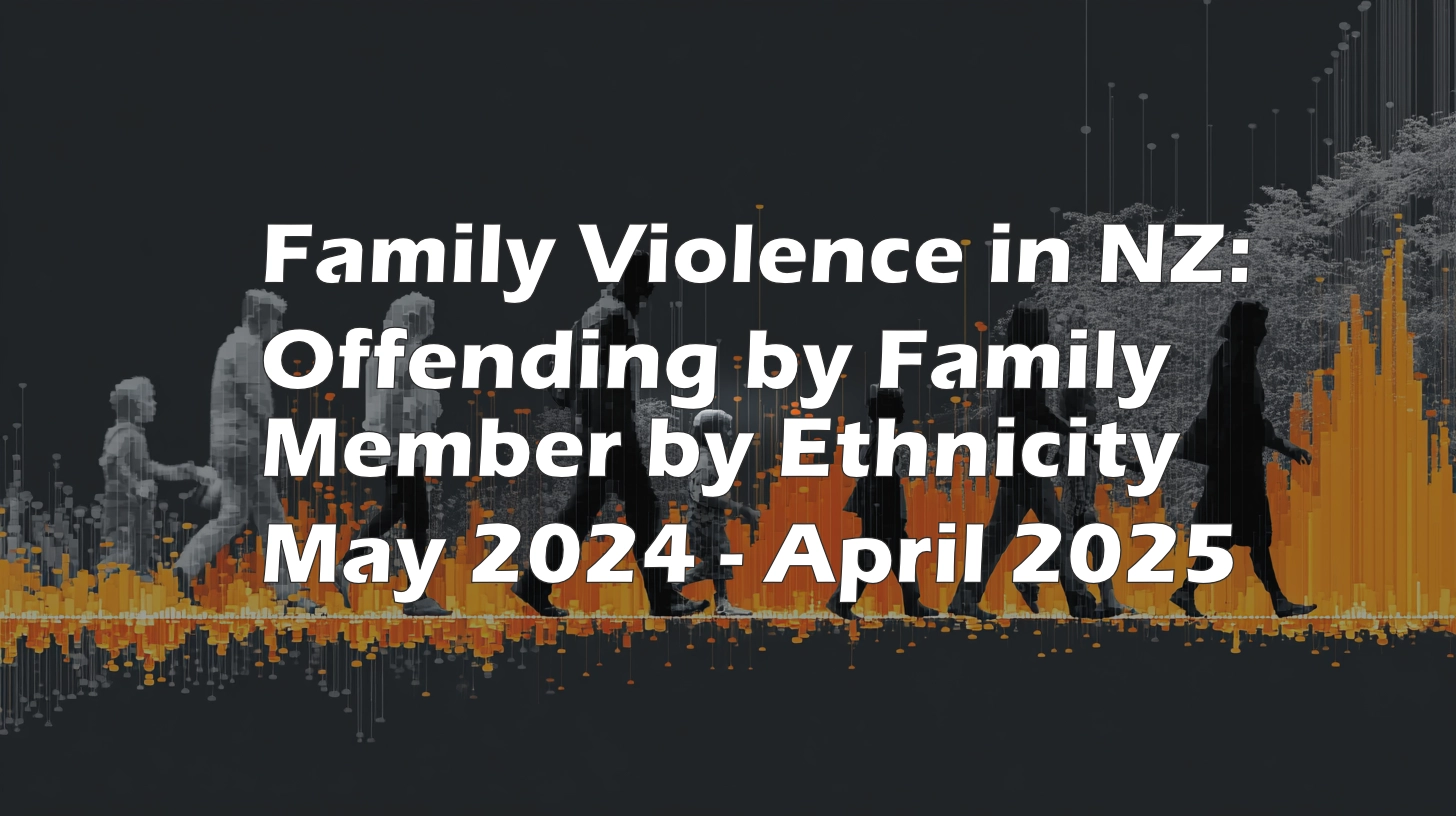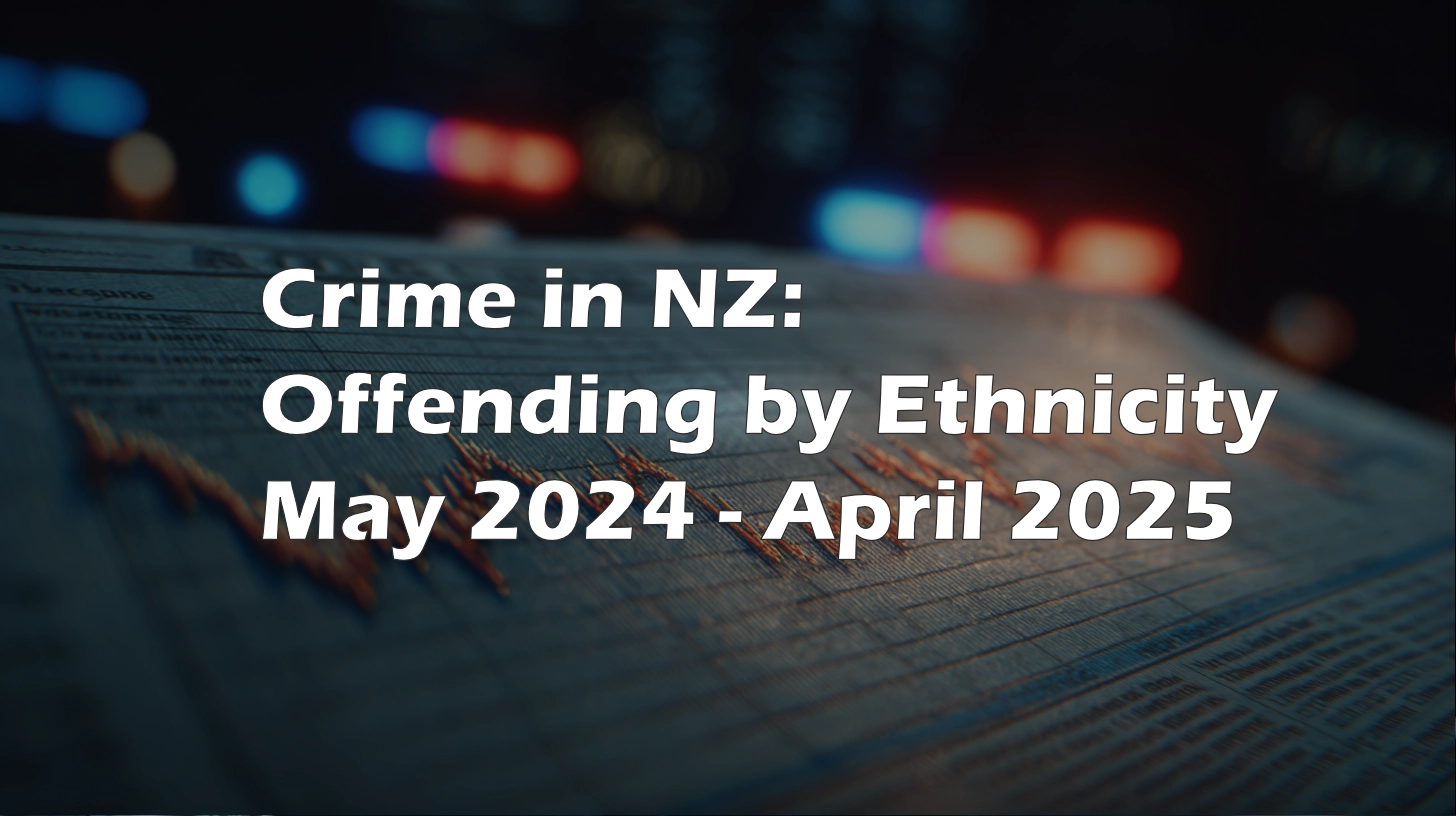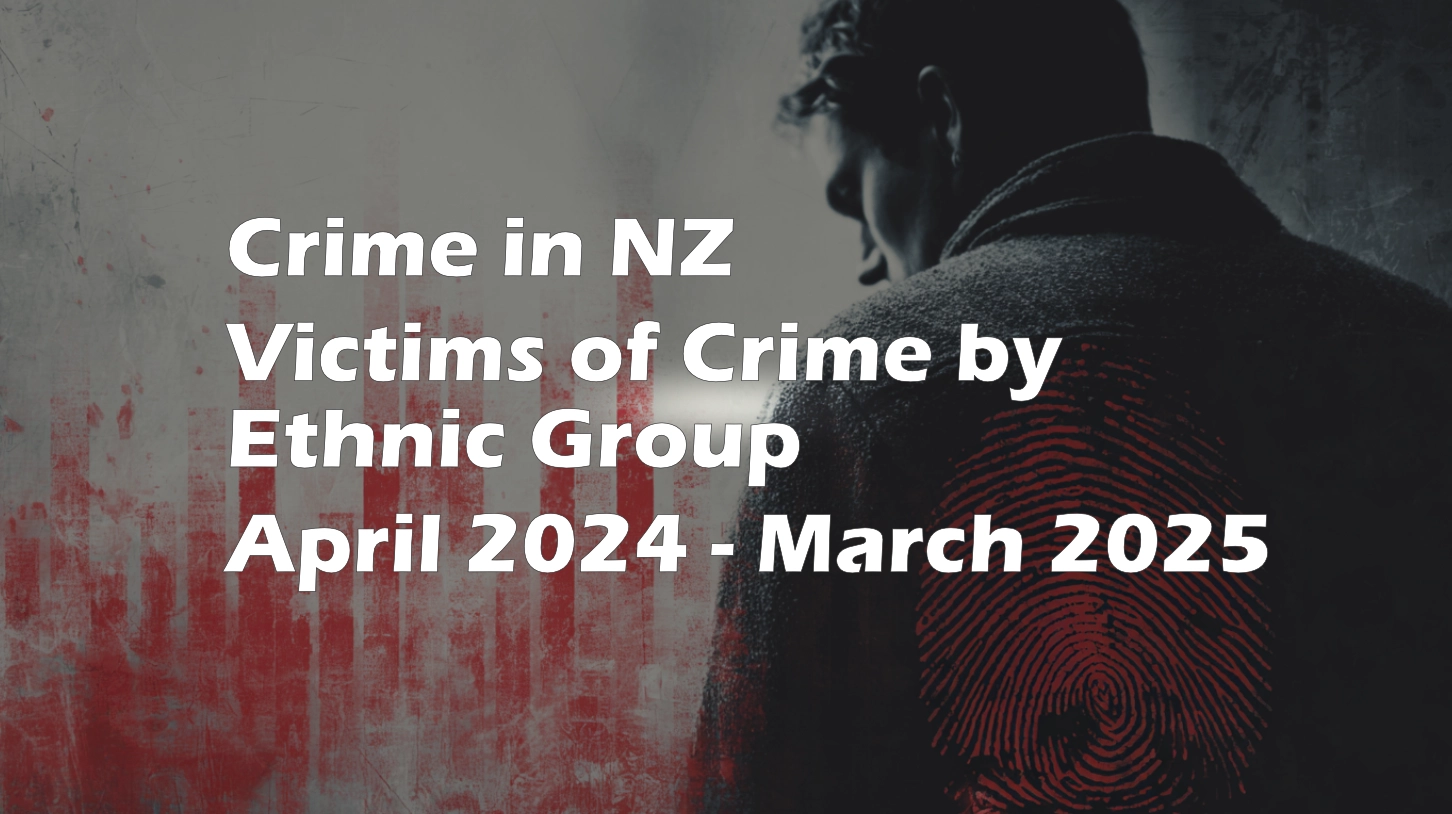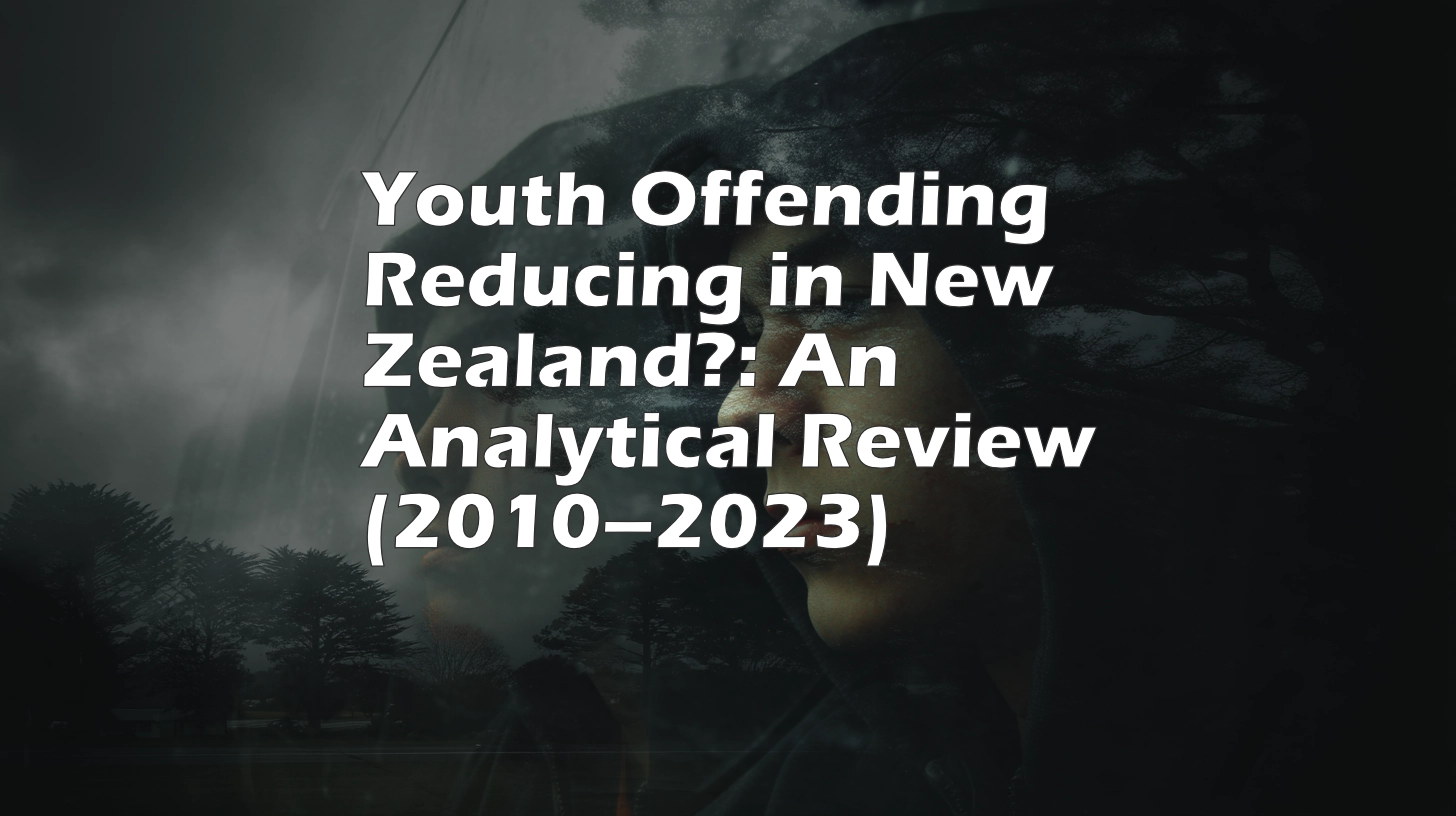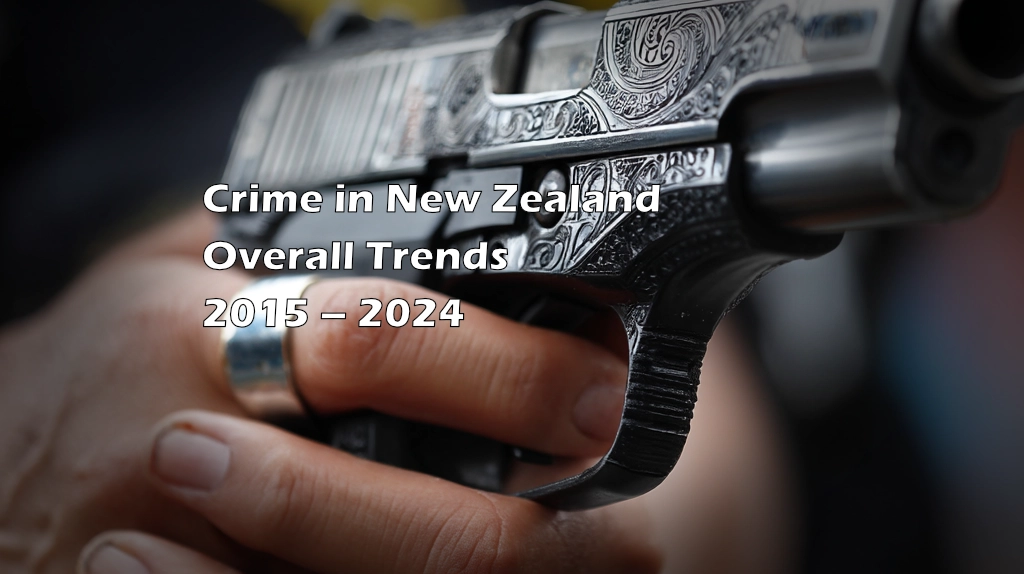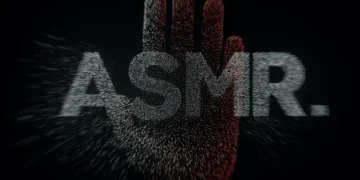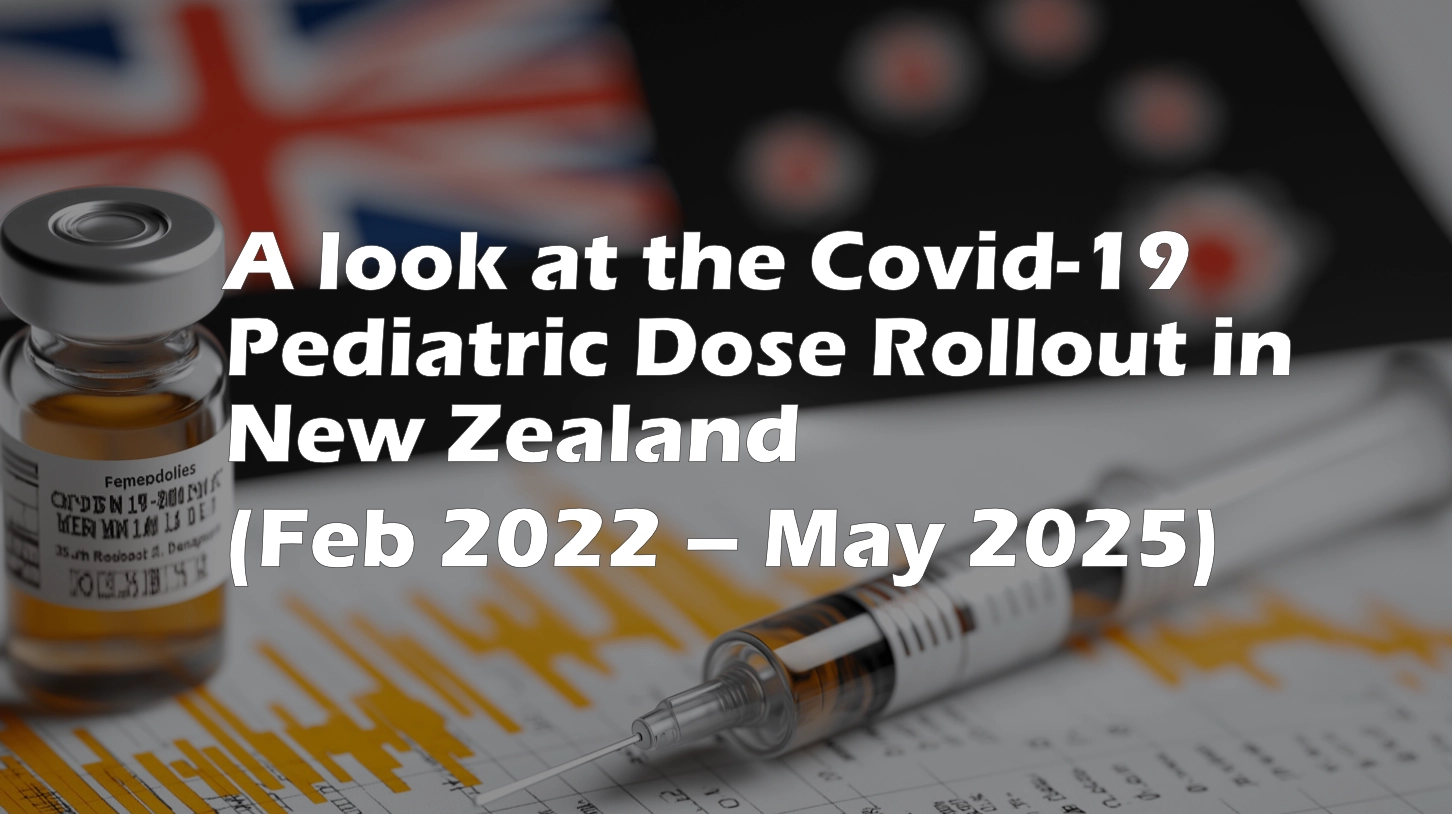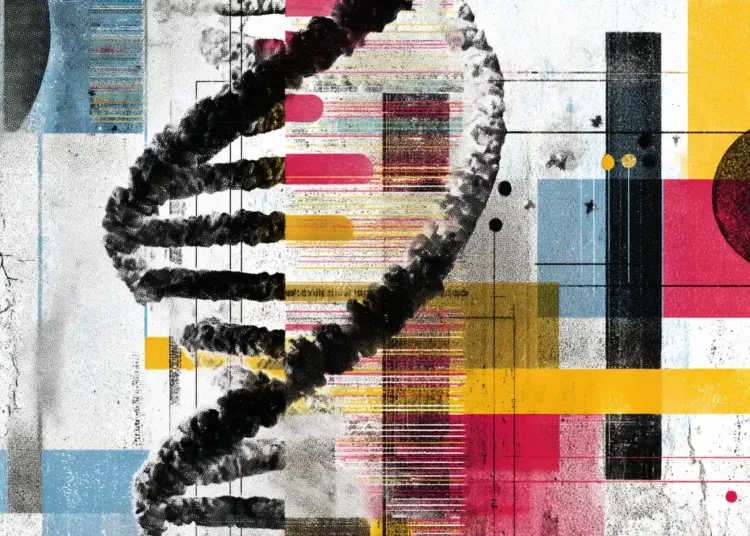How the 5-to-11 roll-out unfolded – and what the experts were saying at each stage
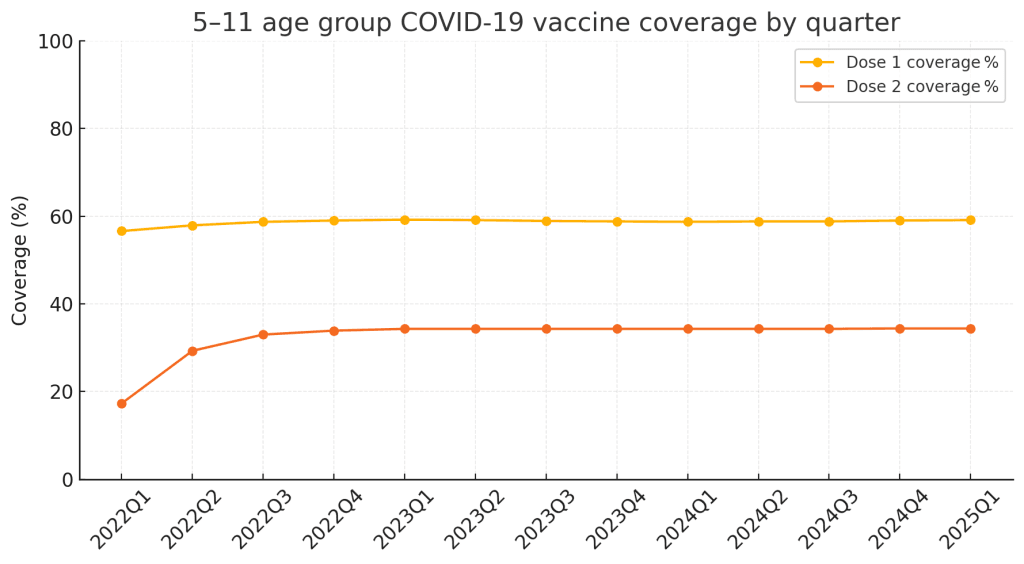
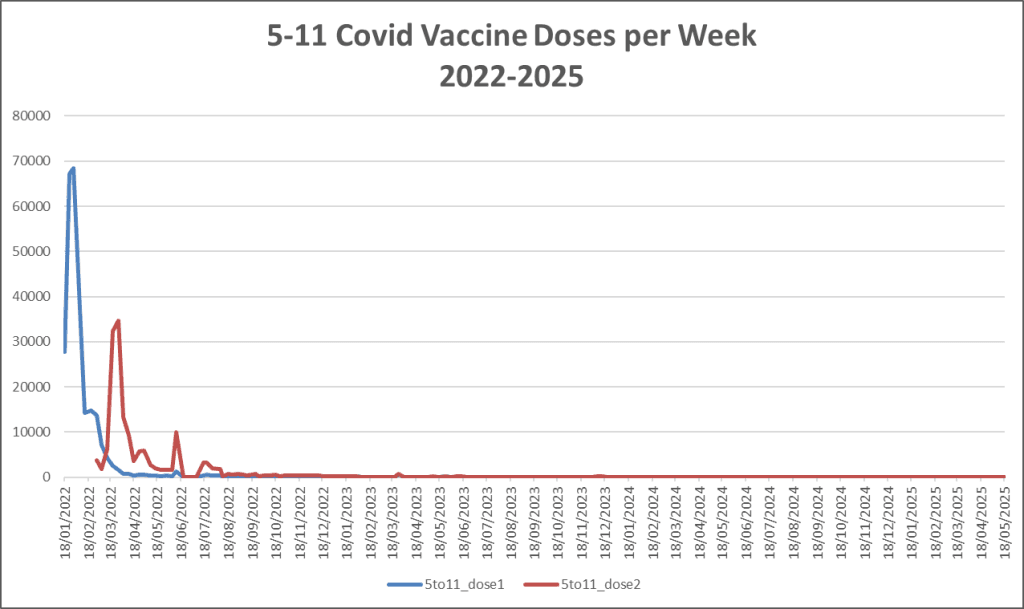
Early surge (Jan – Apr 2022)
- Demand took off the week paediatric Pfizer shots became available on 17 January. Weekly first-dose volumes peaked in late February, when about 13 % of the cohort were getting a jab each week.
- Dr Jin Russell, a developmental paediatrician who front-footed the campaign, reassured hesitant parents that regulators had been extra-cautious:
“The vaccine needs to be very, very, very safe if we’re going to give it to healthy children, because the risk of Covid-19 to a healthy child is low.”
Her message aligned with a short four-week gap between doses 1 and 2 (later extended to eight weeks once good supply was guaranteed).
Plateau (May – Aug 2022)
- After Easter the curve flattened. By mid-May half of eligible tamariki had started the series, but new first-dose numbers slipped below 4 000 a week – one tenth of February’s peak.
- Epidemiologist Professor Michael Baker called the slowdown “worrying”, noting that only a quarter of children were fully vaccinated and urging whānau to “see it through… we want our children as strong and healthy as possible”.
- The slowdown coincided with the winter Omicron wave, school absences and a three-month stand-down for anyone who caught the virus, further stretching the interval between doses.
Second-dose catch-up (Sept – Dec 2022)
- A brief lift in September–October was mostly second-dose catch-ups scheduled eight weeks after earlier infections, not a fresh surge of starters.
- Vaccinologist Associate Professor Helen Petousis-Harris reminded parents that waiting out the infection gap was only half the job:
“It’s important to wait – but once three months is up, the only way to ensure the best protection is with both vaccines.”
Equity focus & tail-off (2023 – May 2025 cut-off)
- From February 2023 new first-doses rarely exceeded 1 000 a week. The cumulative uptake stalled at 55 % first-dose / 46 % second-dose (population denominator updated each quarter).
- An editorial co-authored by Associate Professor Siouxsie Wiles argued that “vaccination inequities with respect to Māori and Pacific peoples, tamariki and tamaiki are again evident… a strong equity focus is needed moving forward.”
- Community clinics and school-based events in high-deprivation areas did lift Māori uptake, but overall coverage remained 9-points lower than non-Māori by May 2025.
Key take-aways
- Momentum matters. Almost two-thirds of 5-to-11s who ever started vaccination did so in the first ten weeks; after Easter 2022 public attention moved on.
- Eligibility and messaging shifted together. Every change in minimum age or stand-down period shows up as an inflection in the dose-conversion table above.
- Equity remains unfinished business. “Experts” like Wiles continue to warn that leaving large groups of tamariki Māori unprotected sustains avoidable risk.
Together, the quantitative trends and contemporary commentary paint a consistent picture: strong early enthusiasm driven by clear, confident messaging; a mid-year stall as Omicron disrupted schedules; and a long, low-level tail once eligibility broadened but urgency faded.


